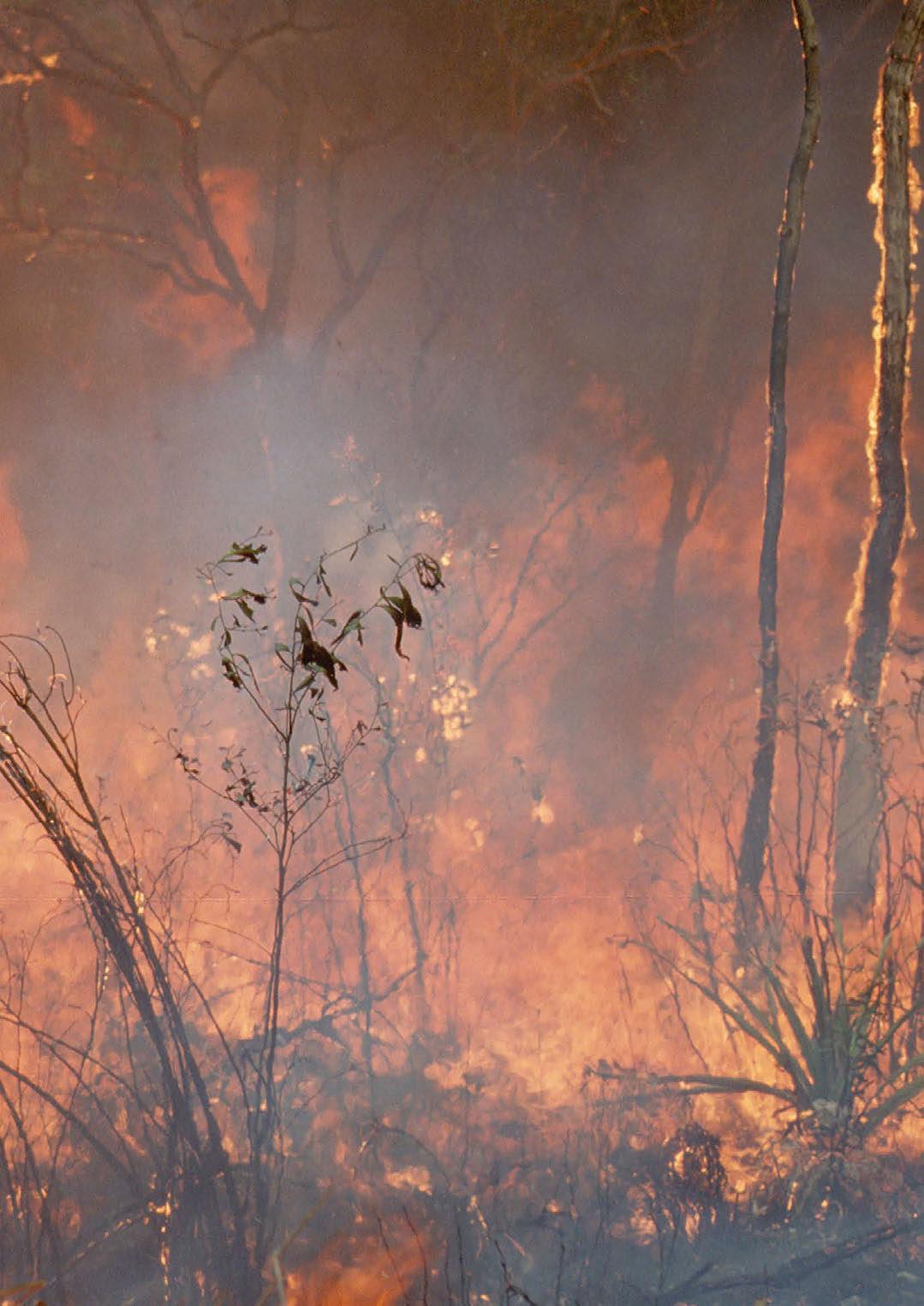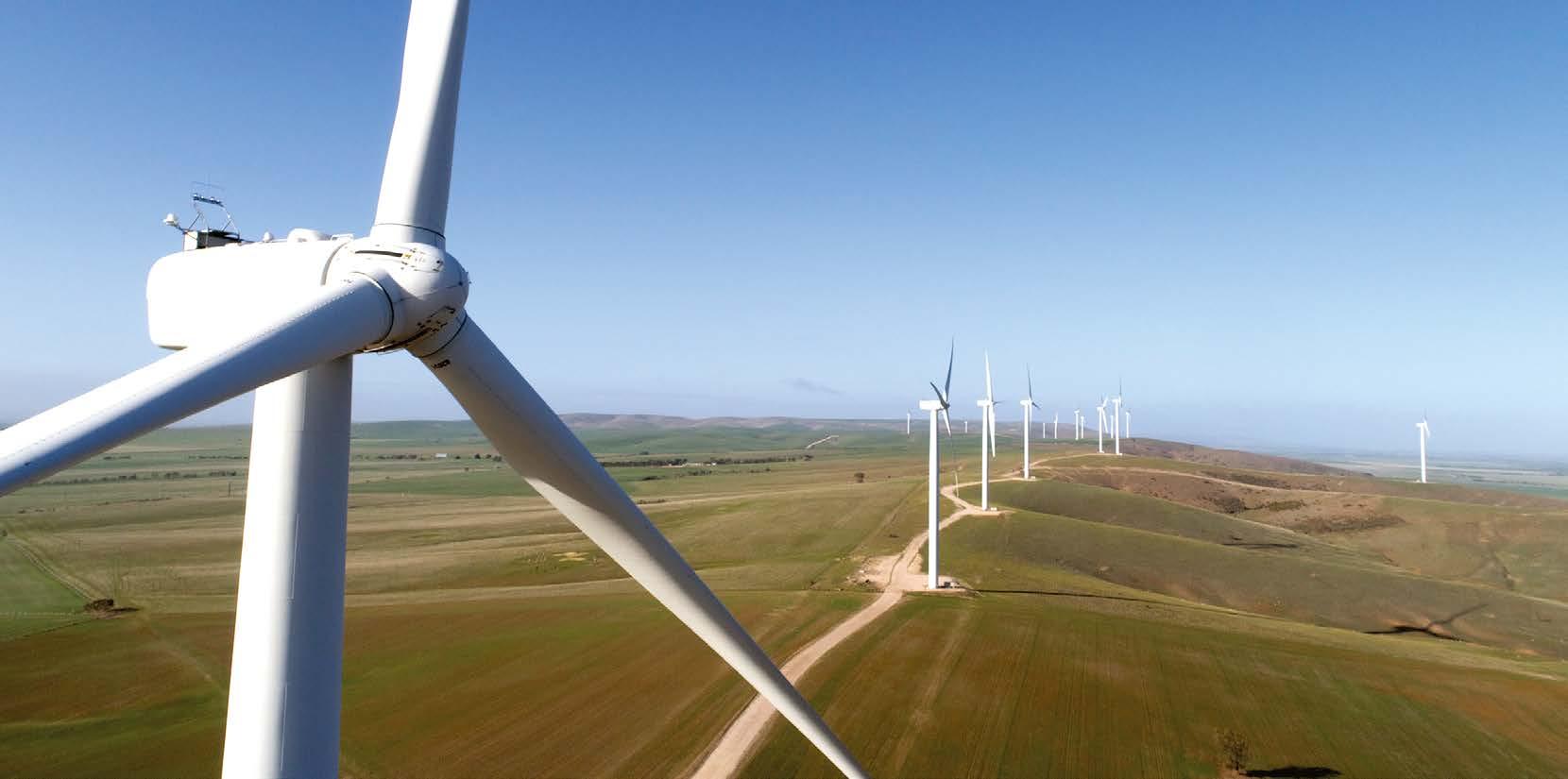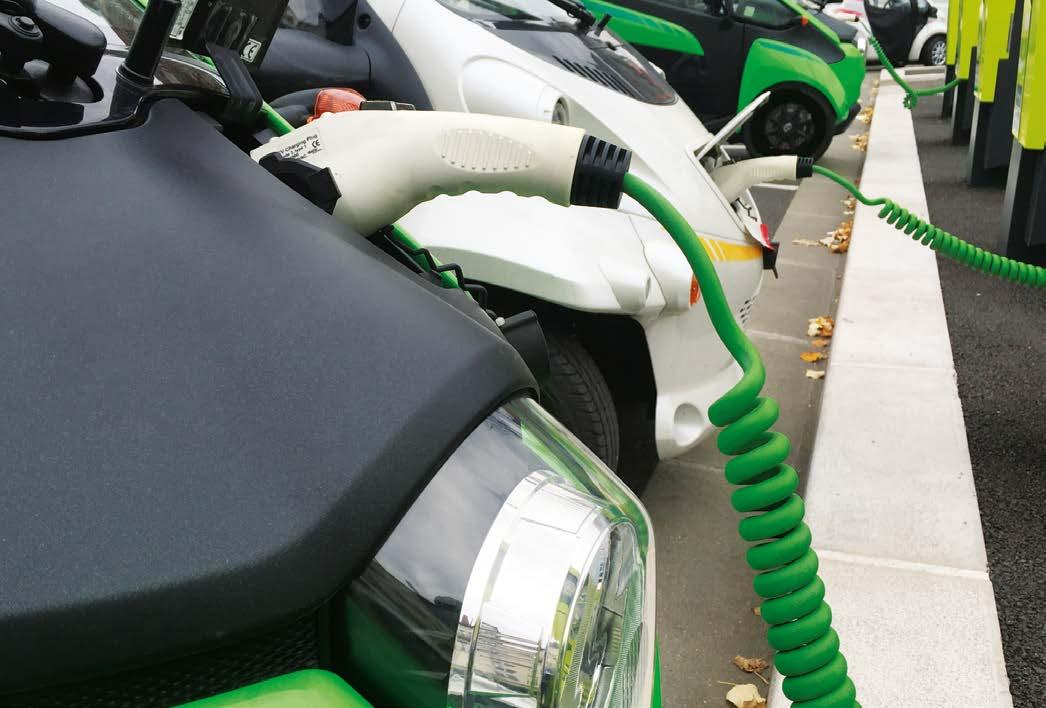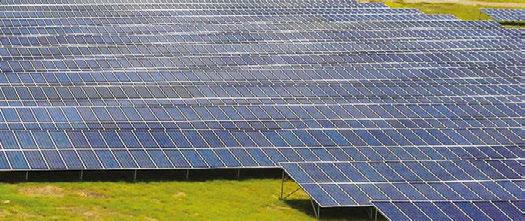RENEWABLE ENERGY
TO BE OR NOT TO BE: 100 per cent renewable energy by 2032 RESEARCH BY Australian National University has found Australia is
“The question though has never been a technical or economical one, it
installing renewable power per person each year faster than any other
has been one of political will,” he said. “Whenever we have governments
country and is streaking ahead to be the ‘renewables world champion’.
at the federal or state level that want to impede the growth of renewables
The findings, which are based on last year’s renewable energy performance, present a picture of a future that is welcome and necessary as well as achievable. The qualifier, however, is the political will. Lead researcher Professor Andrew Blakers noted that during 2018 Australia was installing renewable power per capita several times faster than the European Union, Japan, China and the United States. “The installation of renewables in Australia last year really ramped up compared to these other major economies, and we expect that trend to continue this year and beyond,” said Professor Blakers who is presenting the address 100% Renewables at the upcoming Smart Energy Show in Sydney. He believes the electricity sector is on track to deliver Australia’s entire Paris emissions reduction targets five years early, in 2025, and to reach 50 per cent renewable electricity in 2024 and 100 per cent by 2032, and “The Australian renewable energy experience offers real hope for rapid global
none of that transition can be taken for granted.”
A broader view of emissions reductions Professor Frank Jotzo agrees that without policy support there are no guarantees the renewables trajectory will continue at the rate and scale of recent years. The research team’s assumptions were based on a straight-line extrapolation from one year’s renewables deployment, says the professor at the ANU Crawford School of Public Policy, where he leads the Centre for Climate and Energy Policy. Coal exit may happen more quickly than assumed in some recent reports, but just how quickly depends on many factors and the pace of renewables expansion also depends on whether and when new renewables can be connected to the grid. And as the share of renewables
emissions reductions to preserve a living planet.”
rises, more energy storage is needed to soak up excess power production
Smart Energy
Jotzo says.
Stabilising a 100 per cent renewable electricity grid would be possible with technology that is already widely used in Australia, in addition to new smart energy and storage systems, demand management and strong interstate connection using high-voltage transmission lines to smooth out the effect of local weather, according to report co-author Bin Lu. However, projections by the ANU researchers have been described by some as overly optimistic, given the uncertainty that will descend on the industry once the Renewable Energy Target concludes in 2020. One hundred per cent renewable energy is not only technically possible
and kick in when renewables and remaining fossil fuel plants cannot, Massive investment in transmission systems is necessary to get new solar farms and wind parks on the grid, however two thirds of Australia’s emissions stem from other sources and the levels have been rising. Effective measures are needed right through the economy to achieve deeper emissions reductions, Jotzo says, such as electrification in transport, industry and housing, greater energy efficiency, and better processes in mining, chemical industries and agriculture. Jotzo concludes “If renewables keep coming on strongly, then that is a potent reason for taking on a stronger emissions target. That in turn will make it possible to achieve a much stronger reduction than the 26-28 per
but also economically responsible, John Grimes of the Smart Energy
cent by 2030. And crucially it can set the country on a trajectory towards
Council says, and if we keep delivering renewable energy at the current
truly deep emissions reductions.
rate then the transition would happen faster than anyone would expect.
“But it won’t happen all by itself.”
















